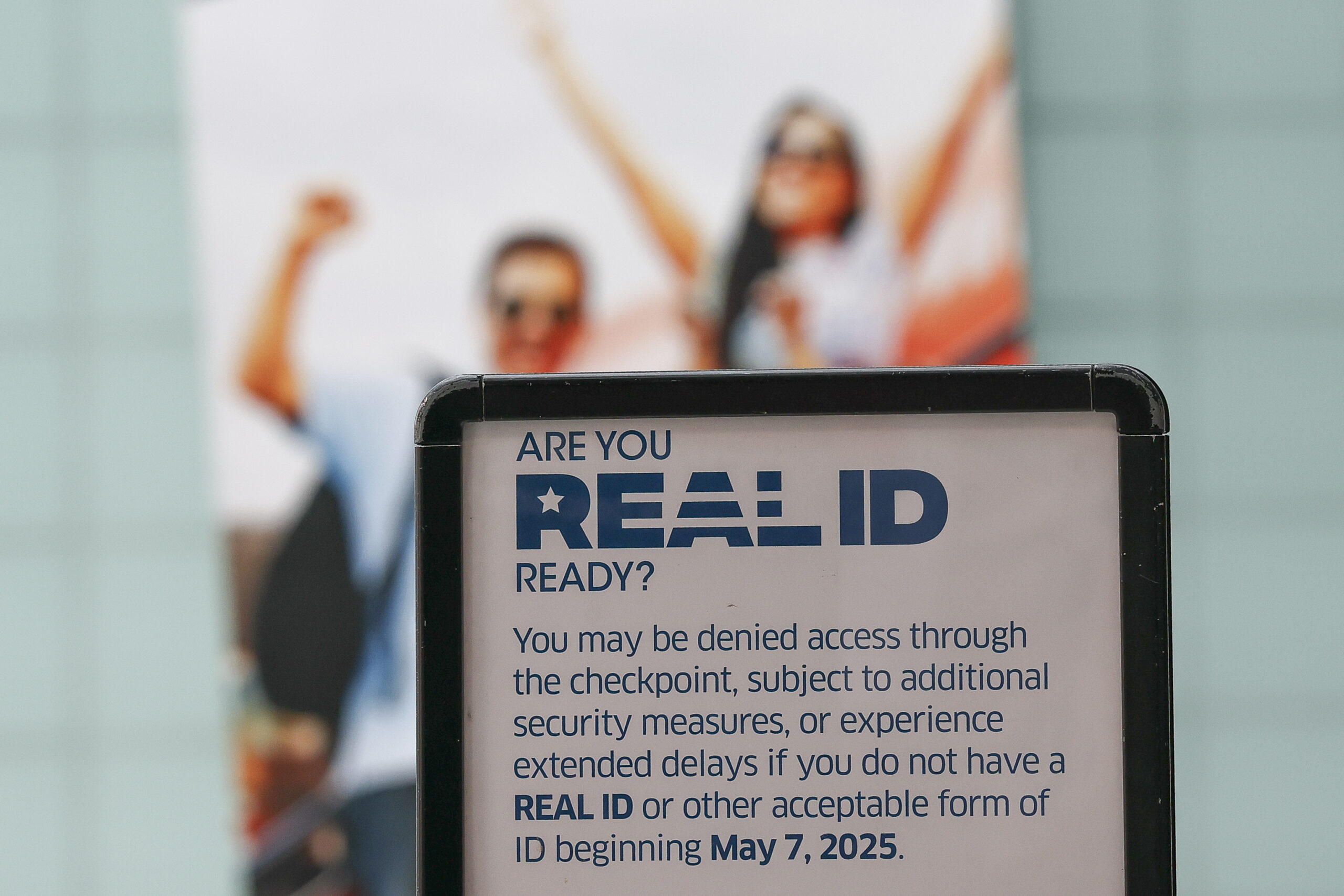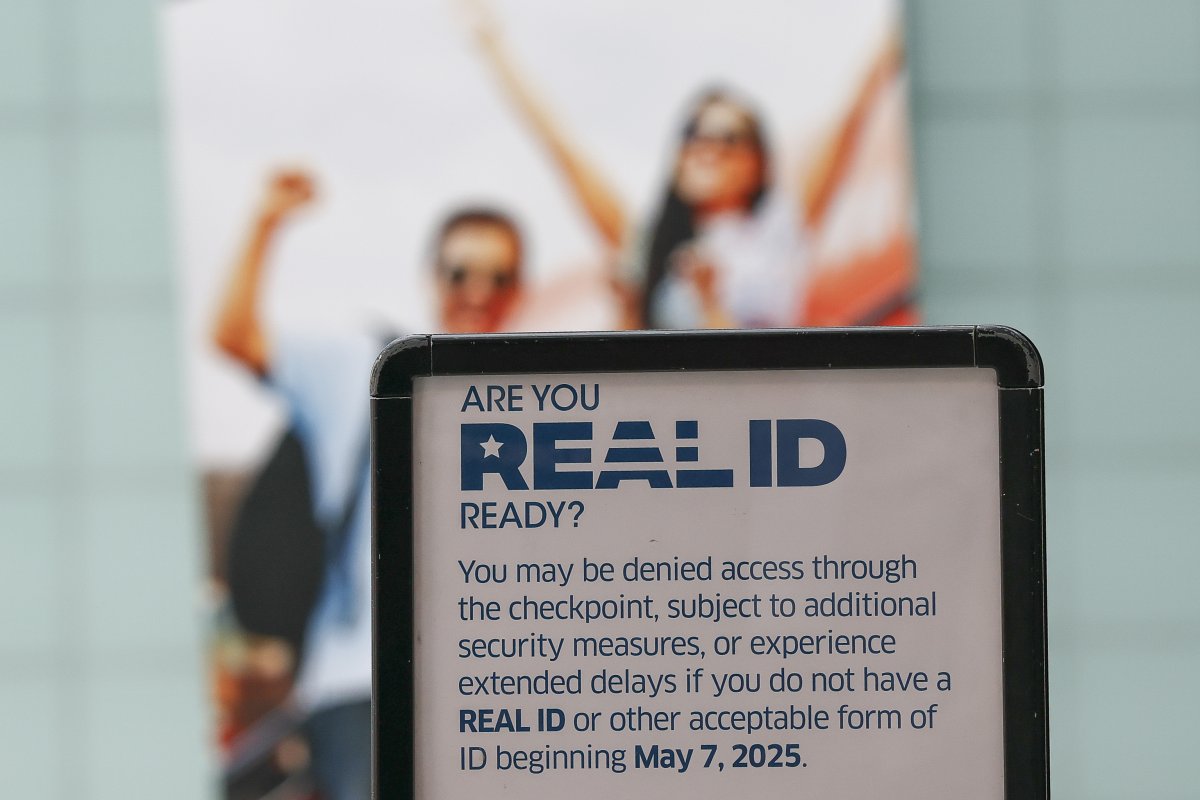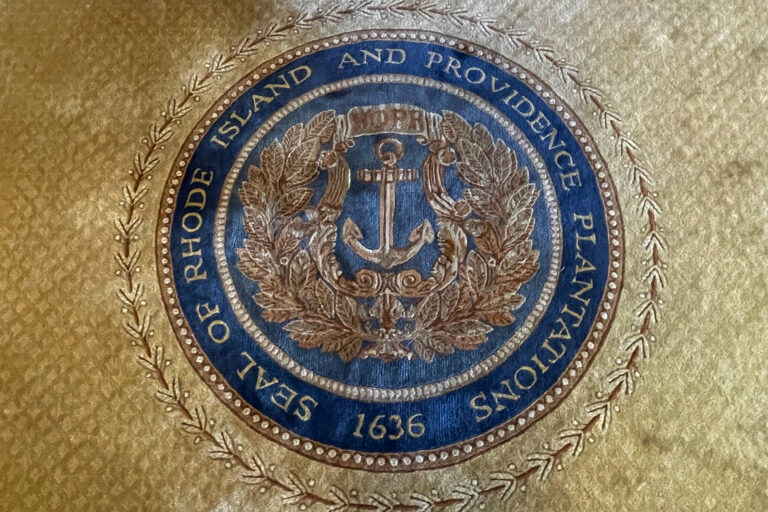
If you have an Enhanced Driver’s License (EDL), also called an Enhanced ID, from Washington, Michigan, Minnesota, New York or Vermont you do not need to apply for a Real ID.
The Context
Starting May 7, 2025, standard driver’s licenses will no longer be accepted for boarding domestic flights or accessing federal facilities. Travelers aged 18 and older will need a Real ID-compliant license or another form of federally recognized ID, such as a passport.
The Real ID Act, passed by Congress in 2005, was designed to enhance security by establishing a standardized identification system across all 50 states. While the law was initially set to take effect in 2007, its implementation has been delayed multiple times.
What To Know
Washington, Michigan, Minnesota, New York and Vermont are essentially exempt from the new rule as they provide the option to opt for an EDL instead.
While Real IDs display a star-shaped emblem in the right-hand corner, EDLs display the image of a U.S. flag in the right-hand corner or the word “enhanced” at the top of the card, CBS News reports.
A Transportation Security Administration (TSA) spokesperson previously told Newsweek: “In addition to REAL ID-compliant cards marked with a star, TSA will continue to accept Enhanced Driver’s Licensees (EDLs). EDLs are state-issued enhanced driver’s licenses that provide proof of identity and U.S. citizenship when crossing the U.S. border. EDLs are available in Michigan, Minnesota, New York, Vermont, and Washington.”
As of April 2025, approximately 81 percent of travelers at airport security checkpoints presented a Real ID-compliant driver’s license or passport, according to TSA figures.
Multiple Americans reported having issues with getting appointments for Real ID applications and called for an extension to the deadline.

AP
Applications for Real IDs will still be accepted after the deadline. In the meantime, other forms of identification will be required. Authorities have advised people without Real ID to arrive at airports three hours before their flight to verify their ID, and warned that they risk being turned away.
Acceptable alternatives to a Real ID include a state-issued enhanced driver’s license, U.S. passport or passport card, DHS-trusted traveler cards (such as Global Entry or Nexus), U.S. Department of Defense ID, Veteran Health Identification Card, U.S. Merchant Mariner Credential, or ID from a federally recognized tribal nation.
Foreign government-issued passports, permanent resident cards, border crossing cards, and Canadian provincial driver’s licenses are also valid.
What People Are Saying
A TSA spokesperson said: “Noncompliant marked cards have no star and include language such as, ‘Not for REAL ID purposes’ or ‘Not for Federal ID.’ ‘Legacy’ non-compliant cards are licenses or IDs issued prior to a state beginning to issue REAL ID-compliant cards and have neither a star nor non-compliant language. Temporary state-issued documents are not accepted at all airport checkpoints, so passengers will need to arrive at the airport with an acceptable form of ID, such as a passport.
“To avoid delays at airport checkpoints, travelers flying on or after May 7 will need to arrive with their state-issued REAL ID or an acceptable form of ID from this list.”
TSA Administrator David Pekoske said in January: “Identity verification is foundational to security. I urge those who use a driver’s license or state-issued identity card as their primary form of identification to access federal facilities or board commercial passenger aircraft, to ensure these credentials are REAL ID-compliant
What Happens Next
If your current license is not Real ID-compliant, you’ll need to make an appointment with your local office and bring your current form of ID.




